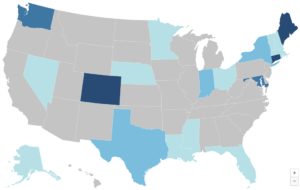How HHS and DOL Can Deliver Price Relief to American Families

President Trump’s price relief memorandum calls for reducing unnecessary administrative costs and rent-seeking behavior in health care. With federal agencies empowered to gather information and potentially drive reforms to eliminate wasteful spending, CHIR’s Christine Monahan discusses how they can effectively implement this directive by investigating intermediaries like pharmacy benefit managers (PBMs) and third-party administrators (TPAs) that increase consumer and employers costs through profit-driven practices.





